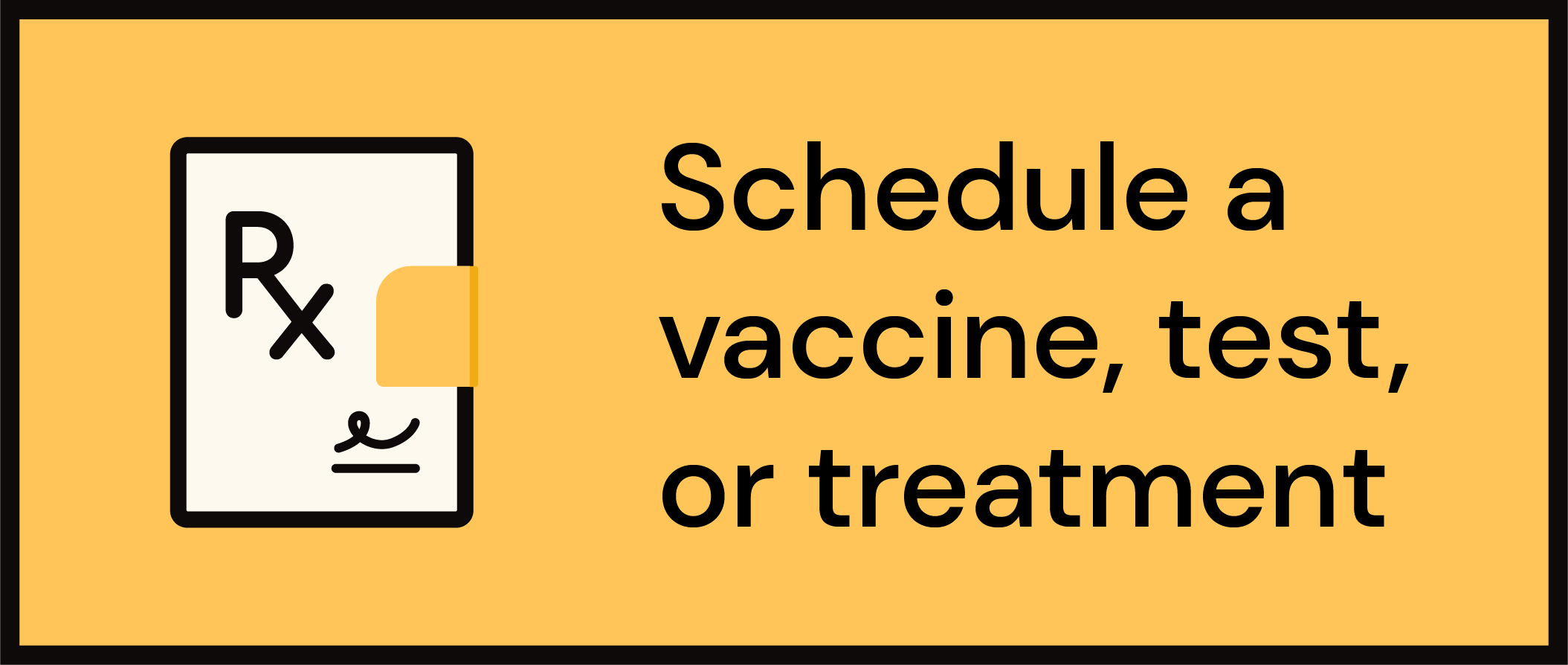Get Healthy!

- Cara Murez
- Posted July 12, 2023
Got Arthritis Pain? What State You Live In May Matter
If you live in West Virginia you're more likely to experience joint pain due to arthritis, according to a new study that looked at the differences in pain across states.
"The risk of joint pain is over three times higher in some states compared to others, with states in the South, especially the lower Mississippi Valley and southern Appalachia, having particularly high prevalence of joint pain,"said first author Rui Huang, a doctoral student in sociology at the University at Buffalo in upstate New York.
"We also observed educational disparities in joint pain in all states that vary substantially in magnitude, even after adjusting for demographic characteristics," she said in a university news release.
The study examined moderate or severe joint pain due to arthritis.
In all, 6.9% of Minnesotans had arthritis pain, the study found. That compared to 23.1% of West Virginians.
Researchers also noted that percentage point difference between people who did not complete high school versus those who obtained at least a bachelor's degree was much larger in certain states than in others. In West Virginia it was 31.1 percentage points; Arkansas, 29.7; and Alabama, 28.3. That compared to 8.8 in California, 9.8 in Nevada and 10.1 in Utah.
"Education can function as a 'personal firewall' that protects more highly educated people from undesirable state-level contexts, while increasing the vulnerability of less educated individuals,"Huang said.
The study notes that states can have dramatically different policies affecting opportunities, resources and social relationships. These factors can influence individuals' pain.
"Very little research has examined the geography of chronic pain, and virtually none has examined the role of state-level policies in shaping pain prevalence,"co-author Hanna Grol-Prokopczyk, an associate professor of sociology at the University of Buffalo, said in the release. "We were excited to identify state characteristics that reduce residents' risk of pain."
Researchers combined 2017 data on nearly 408,000 adults ages 25 to 80 with state-level data about programs for SNAP food assistance, tax breaks for low- to moderate-income families, income inequality, community relationships, Medicaid generosity and tobacco taxes.
The study noted that some states offer more expansive SNAP benefits than others do. Those that did had populations with a lower prevalence of pain, as did those with stronger relationships among community members. This indicates that material resources and social function play a part in pain risk, according to the researchers.
"The increase in the generosity of SNAP benefits could potentially alleviate pain by promoting healthier eating habits and alleviating the life stress associated with food insecurity,"Huang said. "Social factors such as conflict, isolation and devaluation are also among the 'social threats' that can lead to physical reactions such as inflammation and immune system changes."
About 59 million Americans have arthritis. At least 14 million experience severe joint pain, which can include diminished range of motion and disability.
"Chronic pain can -- and should -- be addressed through macro-level policies, as well as through individual-level interventions,"Huang said. "This study also implies that pain research in general should move towards a greater understanding of the macro contextual factors that shape pain and pain inequalities."
The findings were recently published in the journal PAIN.
More information
The U.S. Centers for Disease Control and Prevention has more on arthritis.
SOURCE: University at Buffalo, news release, July 7, 2023








